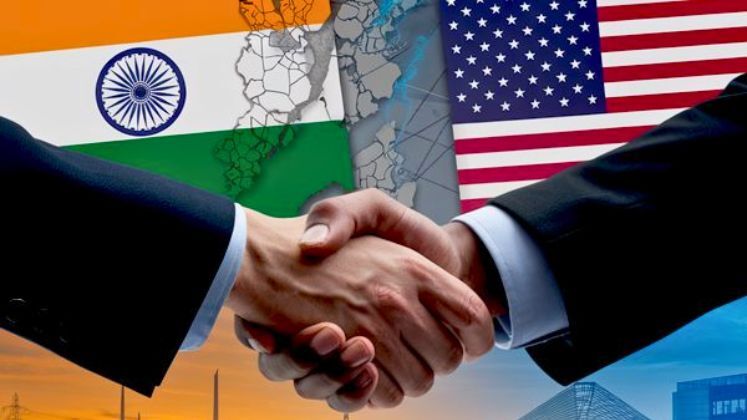
High-level U.S. delegation in Delhi to advance BTA talks
NEW DELHI : A senior U.S. Trade delegation has arrived in New Delhi to accelerate negotiations on a Bilateral Trade Agreement (BTA) with India, as both nations work toward sealing an interim deal before a looming July 9 deadline.
Set by U.S. President Donald Trump, the deadline marks the end of a 90-day pause on new tariffs that were scheduled to be imposed on Indian goods. While an interim agreement is the immediate goal, discussions will likely extend into the fall, with the broader BTA expected to be finalized between September and October.
The delegation’s visit follows Indian Commerce Minister Shri Piyush Goyal’s recent trip to Washington, where talks focused on addressing tariff and market access issues that have strained trade ties in recent years.
India has put forward a proposal to significantly lower average tariffs—from the current 13 percent to around 4 percent—in exchange for relief from U.S. tariff hikes enacted during the Trump administration. These proposed concessions mirror terms India recently offered the United Kingdom in their bilateral free trade agreement.
India is pushing for greater access to the U.S. market for key industrial exports, including steel, aluminum, auto components, and pharmaceuticals. Washington’s recent decision to double safeguard duties on steel and aluminum imports to 50 percent has sharply impacted Indian exporters. Though India has challenged these tariffs at the World Trade Organization, it hopes to resolve the dispute through direct negotiations.
On its end, the U.S. is seeking expanded access to India’s agricultural and dairy markets. However, with the livelihoods of small farmers at stake, India regards this as a highly sensitive area. Limited imports of products like almonds—which are already being shipped to India—may be permitted. In return, India is expected to press for greater access to the American market for its seafood products (such as shrimp and fish), spices, coffee, and rubber, where Indian exporters face tariff-related hurdles despite strong global competitiveness.
In 2024, India-U.S. trade reached $129 billion, with India posting a trade surplus of $45.7 billion. In February, Prime Minister Shri Narendra Modi and President Trump launched “Mission 500,” an initiative aimed at doubling bilateral trade to $500 billion by 2030, unveiled during PM Modi’s visit to Washington.
U.S. Secretary of Commerce Howard Lutnick reinforced optimism for the deal this week, stating that a trade agreement is likely to be finalized soon. He made the comments during his address at the U.S.-India Strategic Partnership Forum’s Annual Leadership Summit in Washington.
